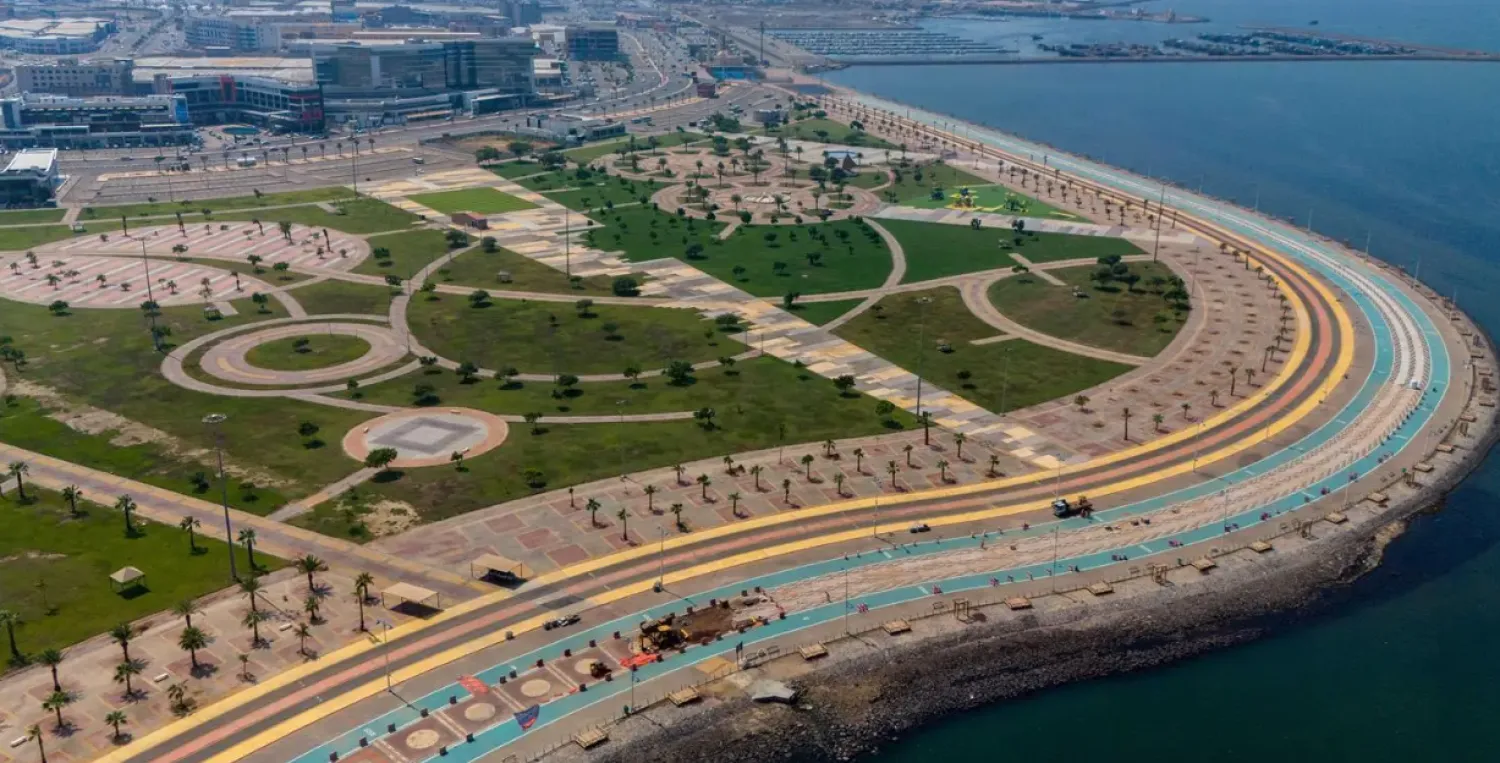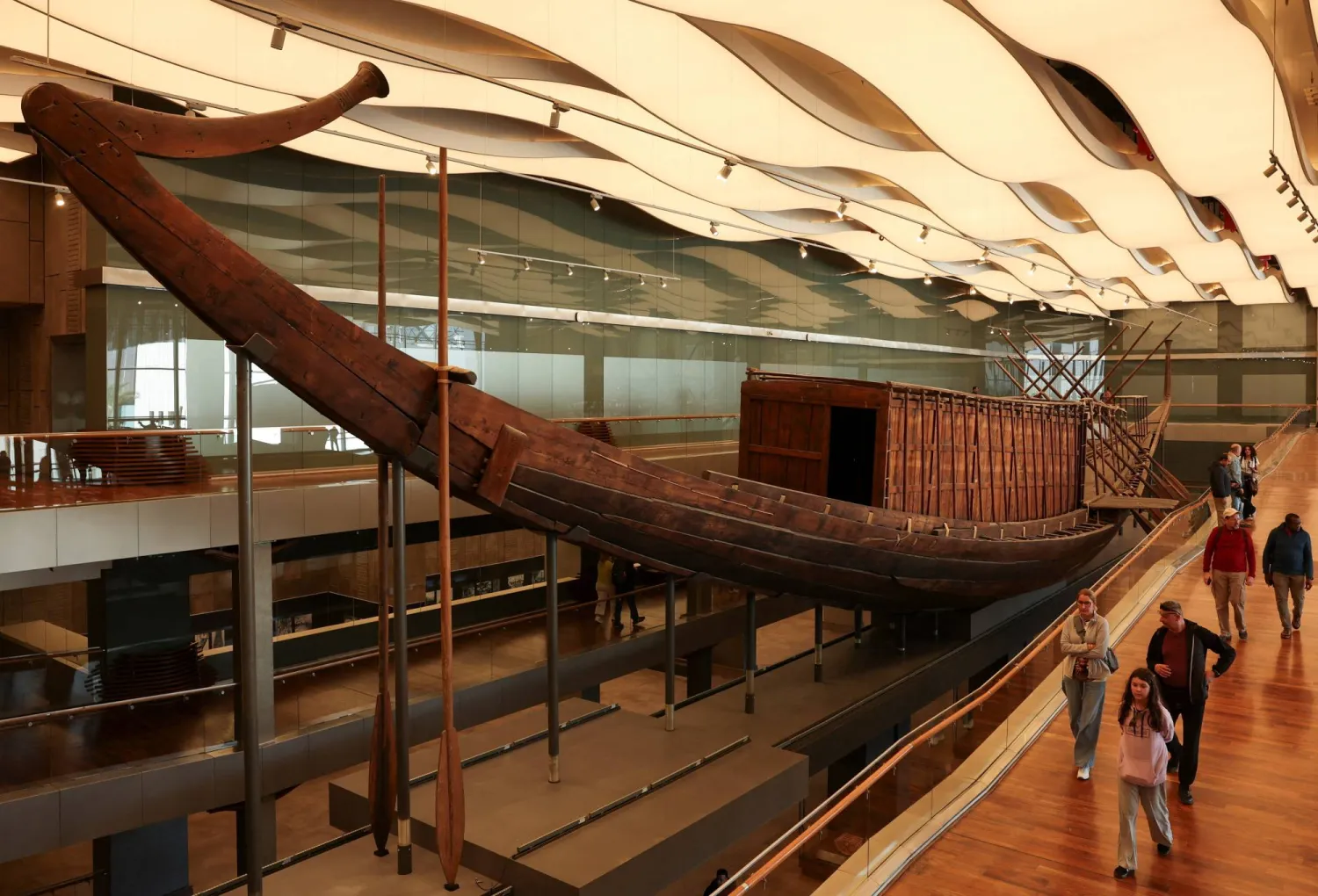The historic Islamic landmarks of Saudi Arabia’s city of Madinah are now open to visitors.
The locations, castles and fortresses that Muslims had long read about in the history books can now be visited and admired up-close.
Authorities have sought to preserve these locations in the hopes of attracting visitors.
Over a hundred historic Islamic landmarks have been preserved and renovated in the Madinah and Makkah regions to consolidate their religious and cultural standing and offer a unique tourist experience to visitors.
Expert on modern history Dr. Abdulrahman al-Waqisi said: “Every corner and every aspect of Madinah is history and tells a story.”
It covers the history that predates Islam, post-Hijra and aspects of the Prophet Mohammed life, he added.
The city still boasts undiscovered historic sites despite the great efforts carried out by Saudi authorities to unearth them, he remarks.
The regions of Saudi Arabia are still rife with heritage treasures, he stressed.
In Madinah, he highlighted the Atban bin Malik Mosque where the Prophet Mohammed once prayed.
New discoveries were recently made at the mosque, demonstrating the city’s rich history, al-Waqisi said.
He acknowledged that some historic ruins had once been neglected and sometimes destroyed due to some conservative views and various other excuses.
Some important landmarks have indeed been razed to the ground for unjustified reasons, he lamented.
Others, however, have been salvaged thanks to the intervention of the authorities.









